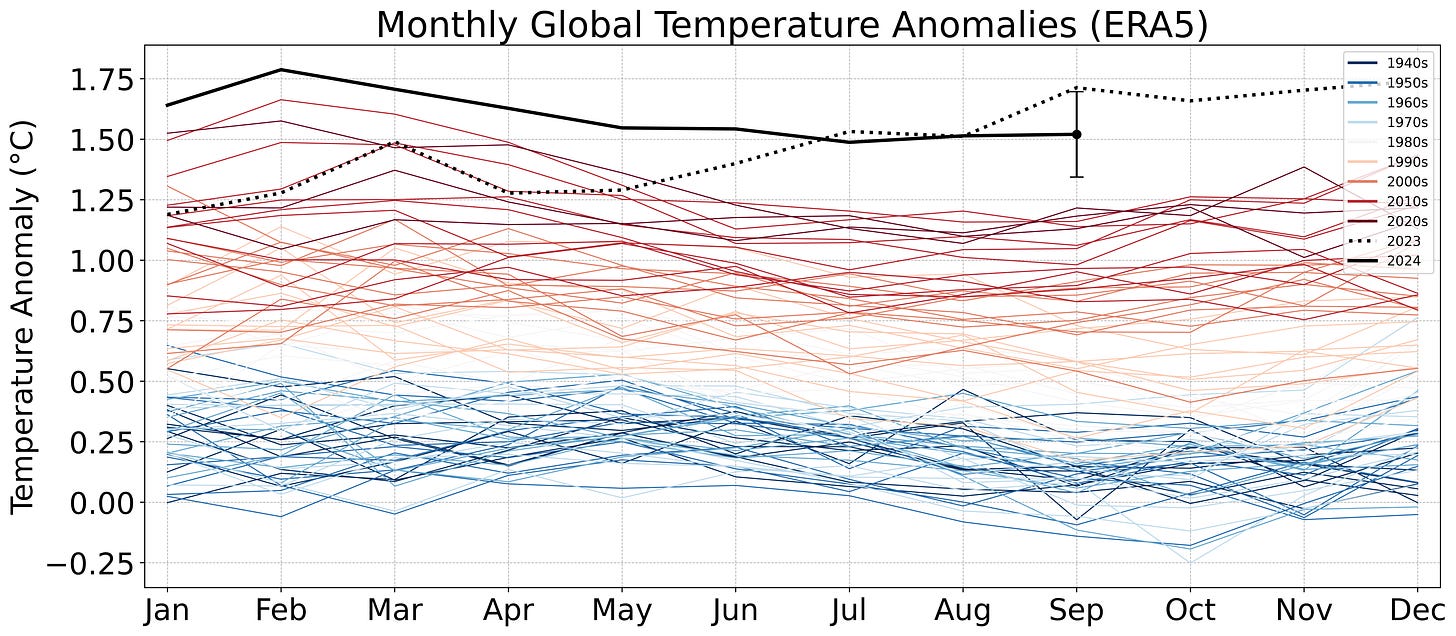Foods, Vol. 12, Pages 3212: Multispectral Food Classification and Caloric Estimation Using Convolutional Neural Networks
Foods doi: 10.3390/foods12173212
Authors: Ki-Seung Lee
Continuous monitoring and recording of the type and caloric content of ingested foods with a minimum of user intervention is very useful in preventing metabolic diseases and obesity. In this paper, automatic recognition of food type and caloric content was achieved via the use of multi-spectral images. A method of fusing the RGB image and the images captured at ultra violet, visible, and near-infrared regions at center wavelengths of 385, 405, 430, 470, 490, 510, 560, 590, 625, 645, 660, 810, 850, 870, 890, 910, 950, 970, and 1020 nm was adopted to improve the accuracy. A convolutional neural network (CNN) was adopted to classify food items and estimate the caloric amounts. The CNN was trained using 10,909 images acquired from 101 types. The objective functions including classification accuracy and mean absolute percentage error (MAPE) were investigated according to wavelength numbers. The optimal combinations of wavelengths (including/excluding the RGB image) were determined by using a piecewise selection method. Validation tests were carried out on 3636 images of the food types that were used in training the CNN. As a result of the experiments, the accuracy of food classification was increased from 88.9 to 97.1% and MAPEs were decreased from 41.97 to 18.97 even when one kind of NIR image was added to the RGB image. The highest accuracy for food type classification was 99.81% when using 19 images and the lowest MAPE for caloric content was 10.56 when using 14 images. These results demonstrated that the use of the images captured at various wavelengths in the UV and NIR bands was very helpful for improving the accuracy of food classification and caloric estimation.

 1 year ago
21
1 year ago
21


